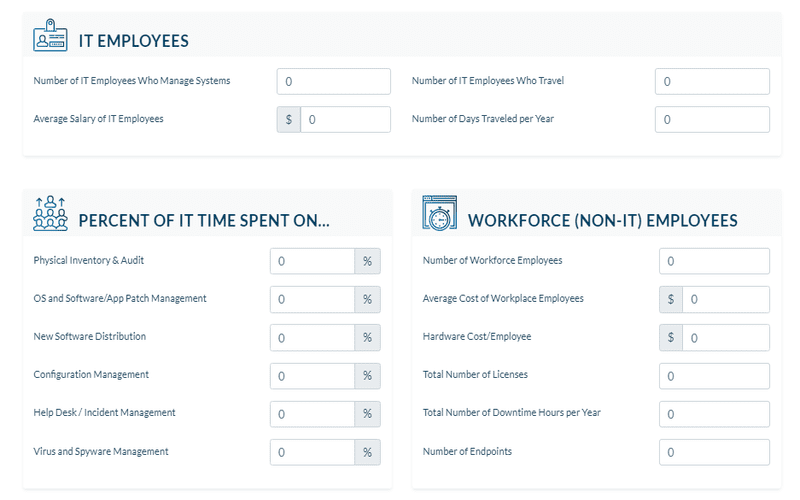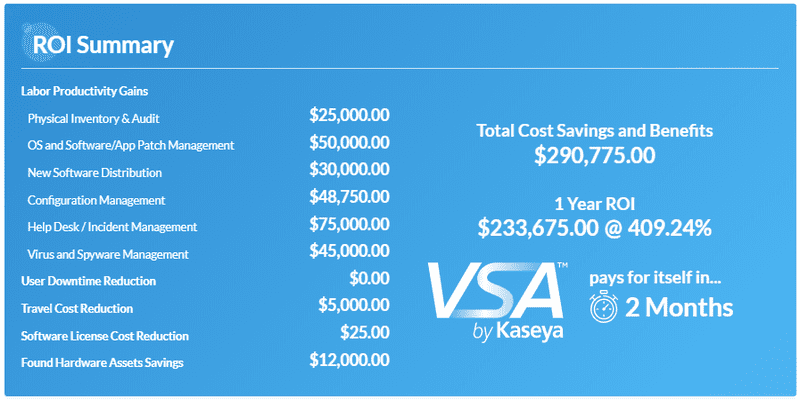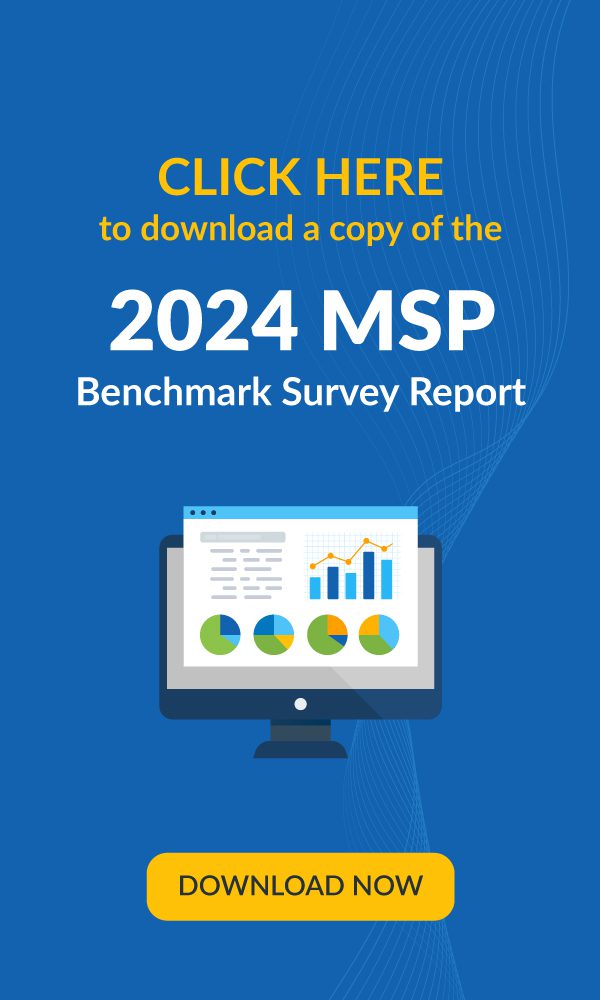Using the right IT management tool can be a game-changer for businesses. If you run a small to midsize business with about 100 to 3000 employees, your IT team may be small, ranging from 1 to 30 people, and in many cases, you have a limited budget. We refer to these teams as multi-function IT teams that comprises IT generalists who wear many hats and do many different jobs. For a team like yours, it is essential to use an effective IT management solution that keeps your infrastructure secure and your business running smoothly.
Your IT management solution should reduce your costs, maximize your IT productivity and increase your operational efficiency by:
1. Automating routine IT tasks
Automating many of the repetitive manual tasks like systems maintenance, software patching, backing up files and servers, and myriad other tasks, can save you a ton of time, reduce errors, and free up resources for more strategic tasks. (See our recent blog: How Automating IT Processes Saves Time and Reduces Costs)
2. Streamlining IT processes
If you have many separate point solutions for managing IT, performing IT tasks efficiently is a big challenge. Point solutions can lead to a wide range of problems including integration issues and broken processes — negatively impacting your business. These point tools typically result in higher licensing and maintenance expenses, too.
A unified IT management solution enables you to streamline your workflows, get rid of redundant tools, and improve your IT team efficiency.
Kaseya’s Unified IT Management solution brings together endpoint and network management, service desk, and knowledge and configuration management. It allows users to move easily from one product to another, as necessary, and access asset information when and where it’s needed, boosting productivity.
Next, let’s see how we can measure the return-on-investment (ROI) of your IT management solution.
How to Measure the ROI of Your IT Management Tool
You can calculate your potential cost savings by using an ROI calculator. A typical ROI calculator, like the Kaseya Unified IT Management ROI Calculator, enables you to quantity the costs and benefits of the solution.
With the Kaseya ROI Calculator, you can input the details specific to your organization. These include – the total number and average cost of your company’s employees, the percentage of time spent on common IT activities, and the costs associated with each.

Upon entering the data, the calculator gives you an ROI Summary with information on labor productivity gains, cost-saving details, and the 1-year ROI associated with VSA, our endpoint management solution. VSA is the foundation of our Unified IT Management platform.

Maximize Your ROI with Unified IT Management
Unified IT management is an approach to managing your entire IT infrastructure from a single console.
Kaseya’s Unified IT Management solution enables your team to work via a single pane of glass, leading to increased efficiency and IT productivity. With a unified approach, IT admins have complete visibility of their IT estate and can quickly identify and fix problems. With Unified IT Management, you are eliminating the need for multiple single-point solutions, thus reducing licensing costs and time wasted on navigating from one tool to another in non-integrated workflows.
In addition, a high degree of IT process automation means that you spend less time on common IT tasks and more time on strategic initiatives.





